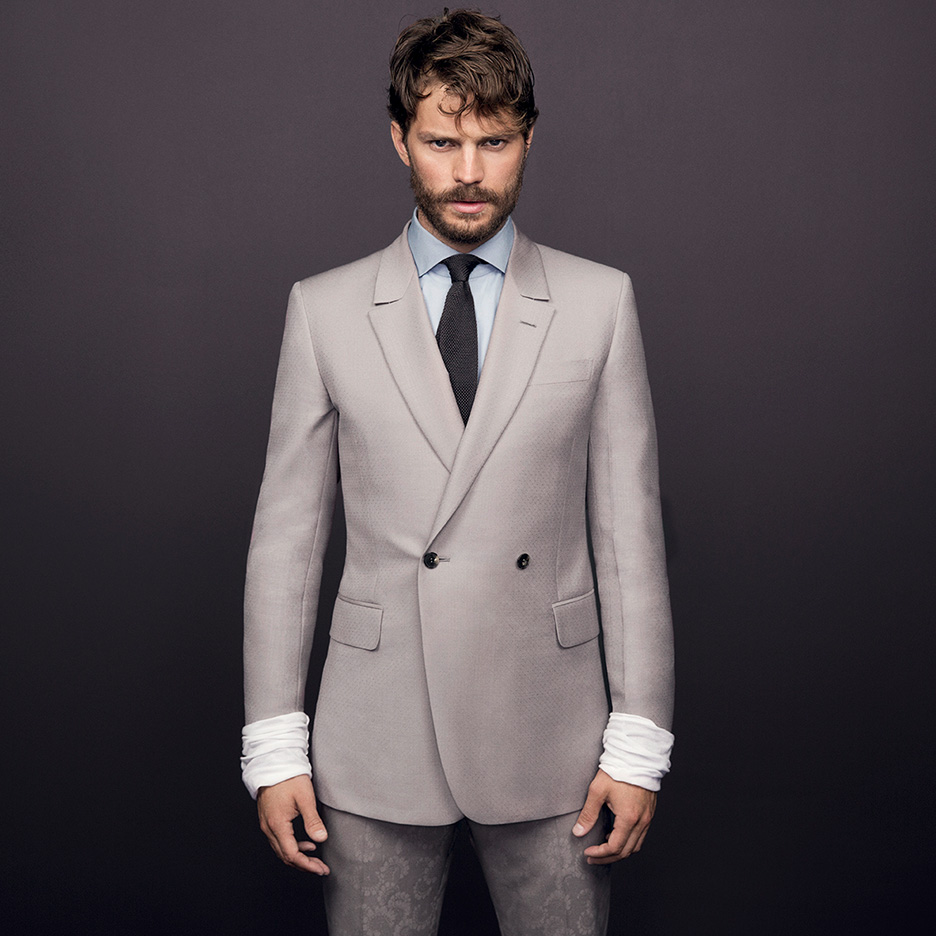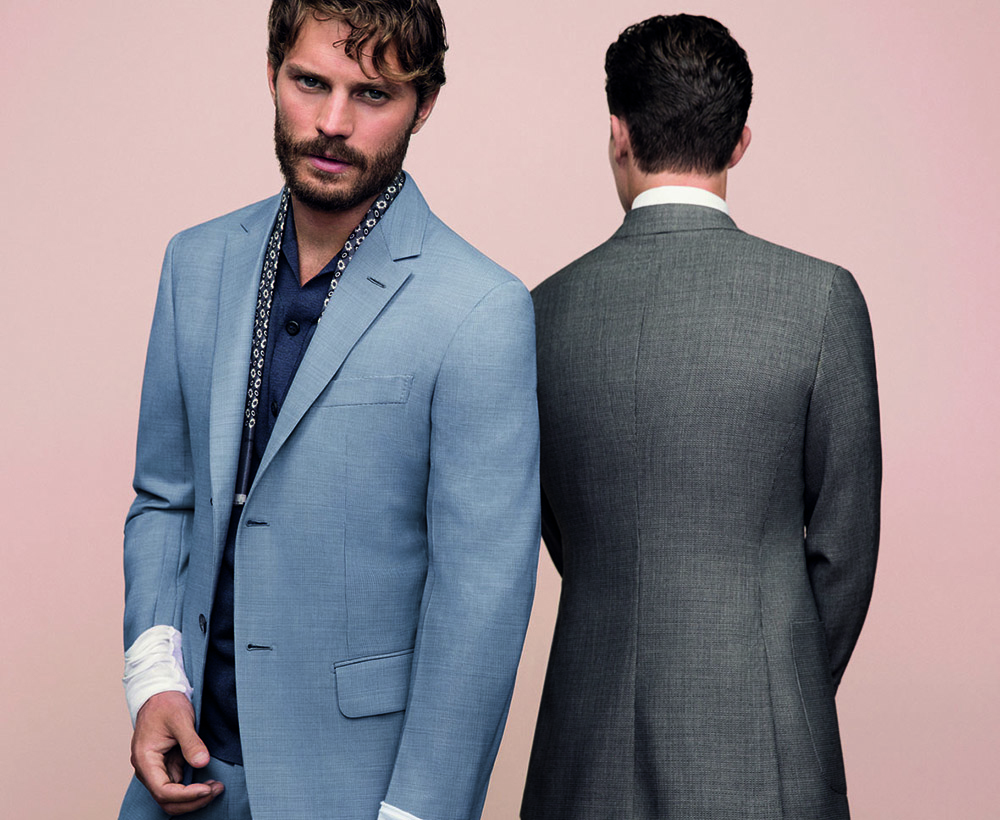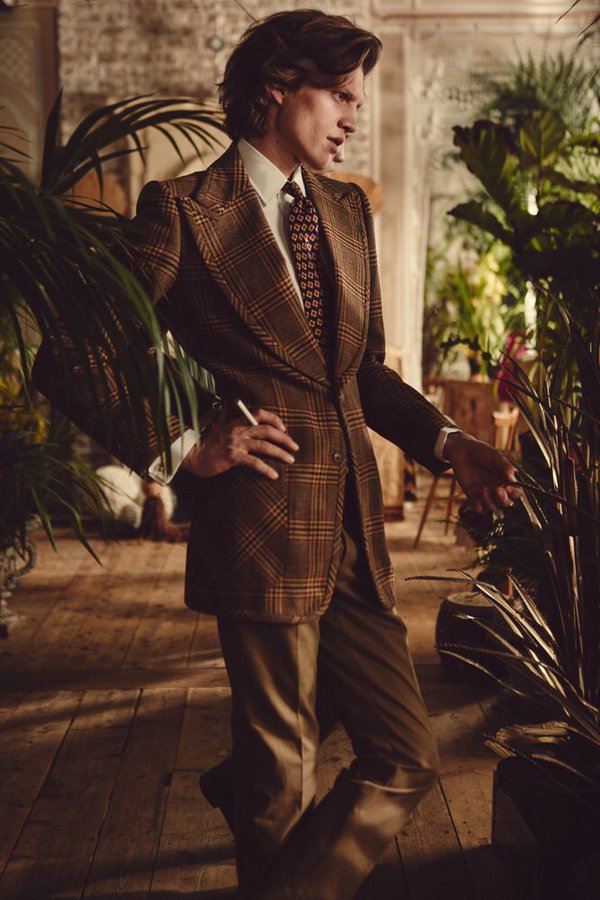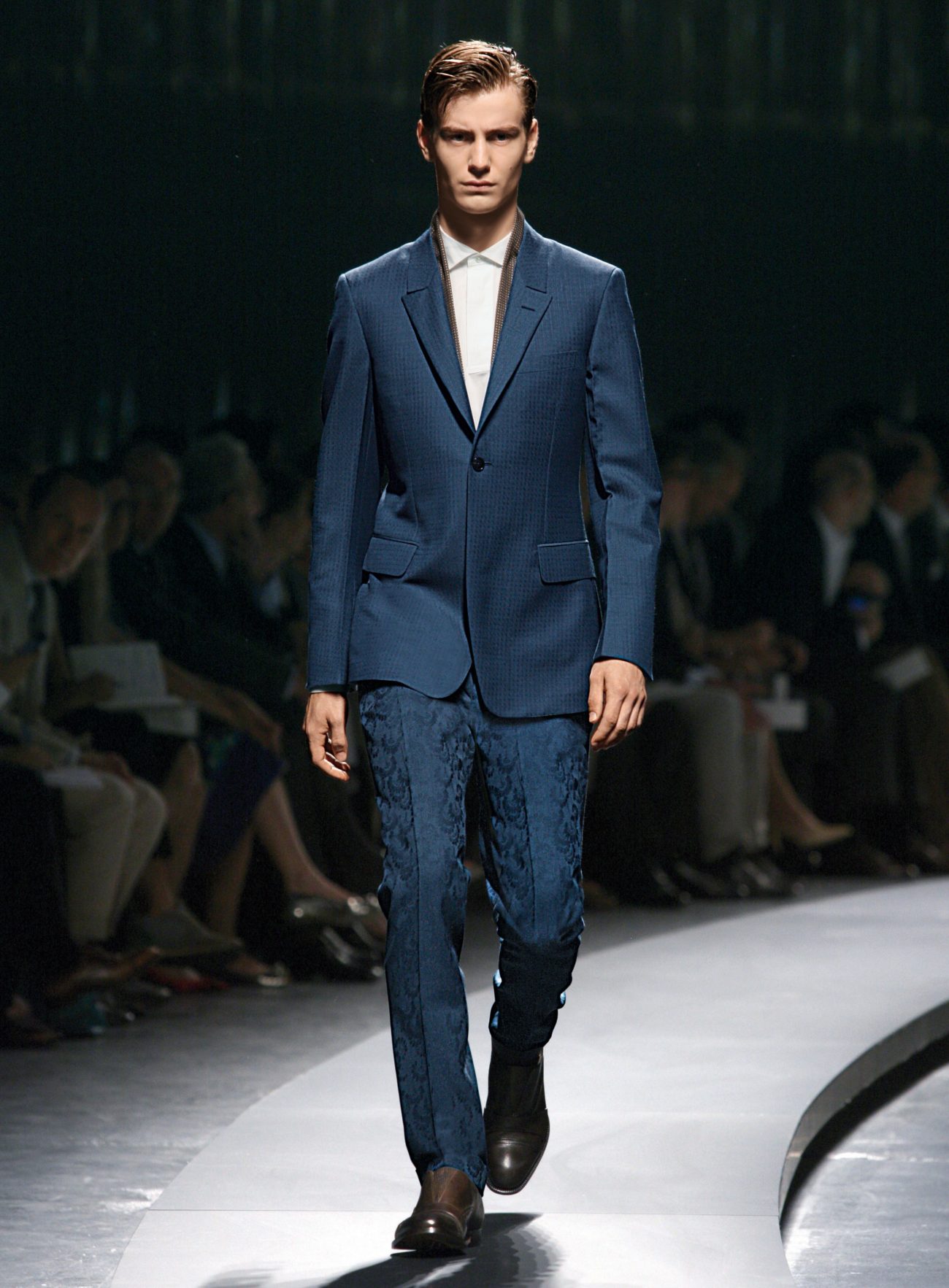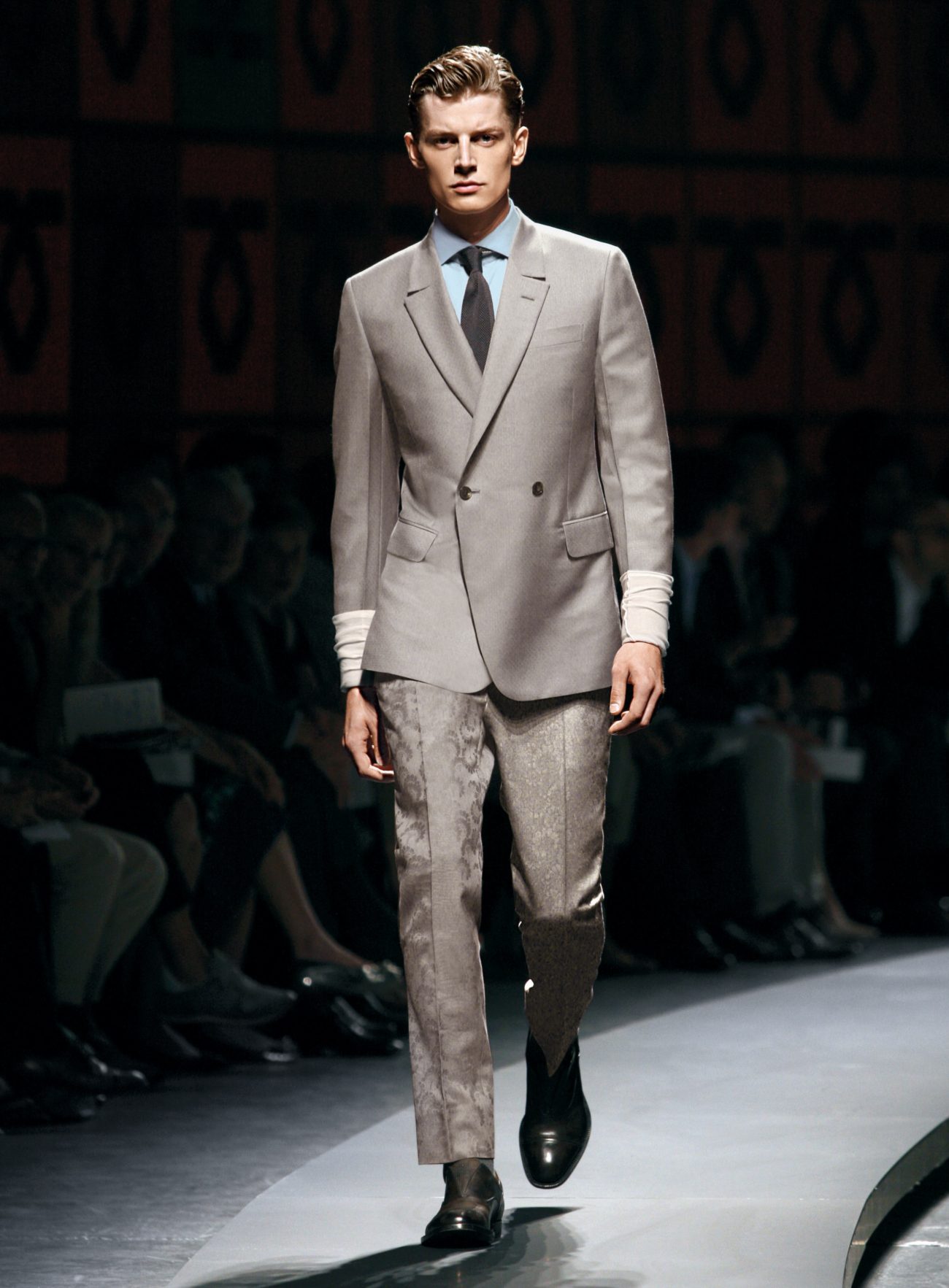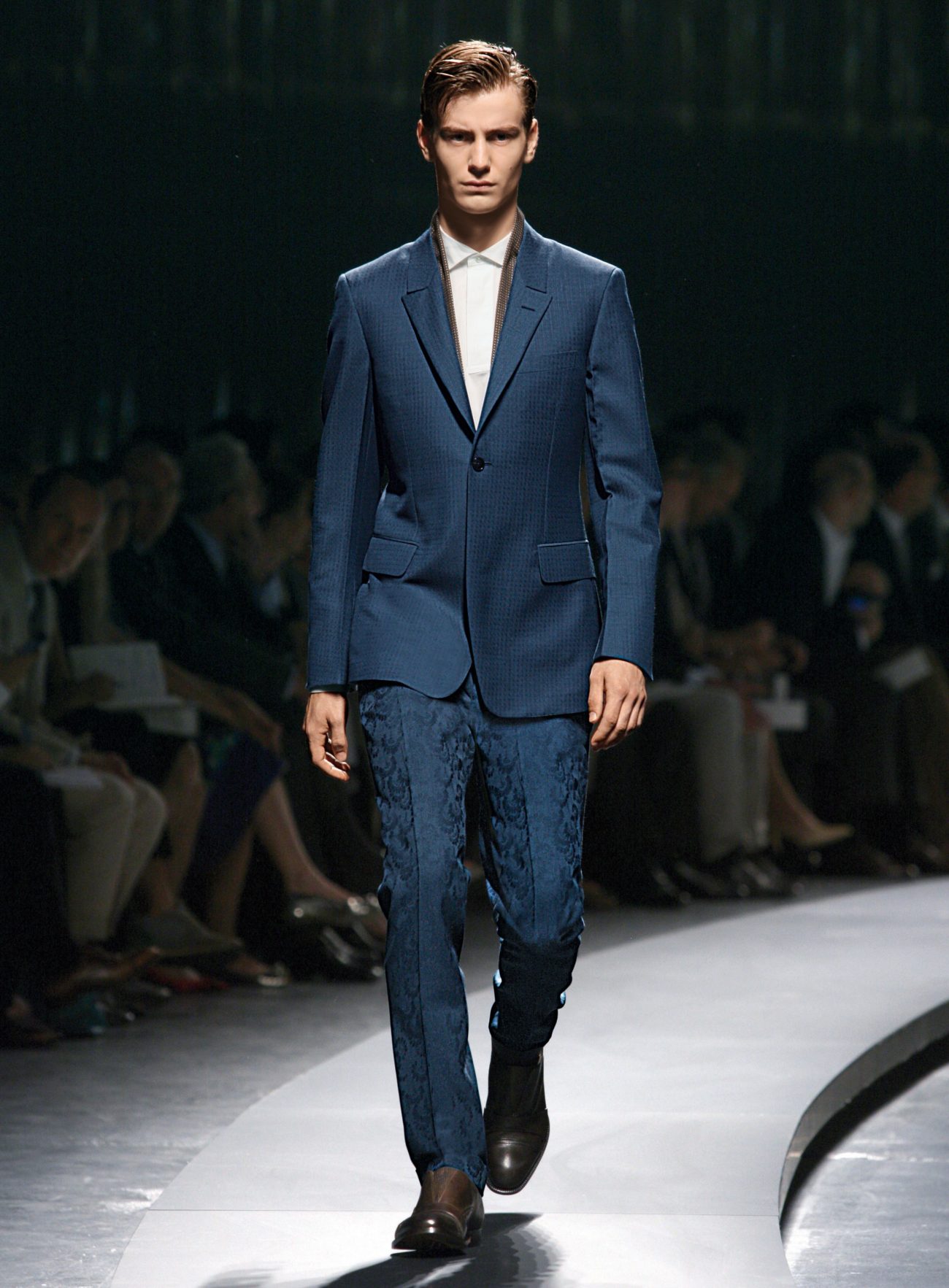“The world breaks everyone and afterward many are strong in the broken places. But those that will not break it kills. It kills the very good and the very gentle and the very brave impartially. If you are none of these you can be sure it will kill you too but there will be no special hurry.” - Ernest Hemingway.
Hemingway taught us that the world breaks everyone, and after, many are strong at the broken places. And so it is with the broken suit, a style of tailoring that has emerged from the congeries of contemporary menswear: dismantled, softened, and entirely renewed; a style that stands quietly proud in its sedition of traditional formality with only a hint of a bend in the knee to sartorial allegiance. What, then, defines such an outfit?
Hemingway taught us that the world breaks everyone, and after, many are strong at the broken places. And so it is with the broken suit, a style of tailoring that has emerged from the congeries of contemporary menswear: dismantled, softened, and entirely renewed; a style that stands quietly proud in its sedition of traditional formality with only a hint of a bend in the knee to sartorial allegiance. What, then, defines such an outfit?
The broken suit is a subtle art form, a soft style that blends new and old, overt and discreet, and is perhaps one of the most difficult styles of tailoring to master. And while at some level a broken suit is a combination, it is so only in name for the difference lies, as it so often does, in intent.
A combination suit comes into existence by the uniting garments with no connection to each other: coats and trousers that have met in the midst of the fray, stylishly intended to shock the senses. But the broken suit is a more elegant man in the crowd who smiles at the clashes of combinations that, whilst acceptable and modish, lack the sophistication of his prepense union.
Because the refined, subtle, and astute jacket, trouser, and sometimes waistcoat, of a broken suit are all cut to be worn as a single outfit from their very inception, each marked, measured and stitched in contrasting complementary cloth. And this complement takes heed of tonally matching fabrics of similar colours, textures and patterns, like houndstooths and glenchecks woven to the same scale and colour.
A combination suit comes into existence by the uniting garments with no connection to each other: coats and trousers that have met in the midst of the fray, stylishly intended to shock the senses. But the broken suit is a more elegant man in the crowd who smiles at the clashes of combinations that, whilst acceptable and modish, lack the sophistication of his prepense union.
Because the refined, subtle, and astute jacket, trouser, and sometimes waistcoat, of a broken suit are all cut to be worn as a single outfit from their very inception, each marked, measured and stitched in contrasting complementary cloth. And this complement takes heed of tonally matching fabrics of similar colours, textures and patterns, like houndstooths and glenchecks woven to the same scale and colour.
Envisage alternating textures that catch light in different ways, softening a look and creating the most elusive of distinctions, there, maybe, but only just. And in this pursuit, an easy elegance is key, for the desired softness and intelligent depth of the outfit are not created by bold difference, but through subtle unions built upon the whispers of commonality that make each one and the same in their difference.
Stefano Pilati’s designs for Ermenegildo Zegna (especially his SS16) give, perhaps, the greatest exemplar of the broken suit. His passion for the ‘subversion of formality’ fittingly challenges tradition by melding textures, patterns and colours that seem to blur the transition between coat and trouser, leaving the observer strangely aware of the individuality and depth of each outfit in a way that a regular two or three-piece suit cannot.
And thus, we revere the broken suit: mature, masterful, and never beaten, for it is the agent of chaos, the smiling joker, the calmest outfit in the room.
Stefano Pilati’s designs for Ermenegildo Zegna (especially his SS16) give, perhaps, the greatest exemplar of the broken suit. His passion for the ‘subversion of formality’ fittingly challenges tradition by melding textures, patterns and colours that seem to blur the transition between coat and trouser, leaving the observer strangely aware of the individuality and depth of each outfit in a way that a regular two or three-piece suit cannot.
And thus, we revere the broken suit: mature, masterful, and never beaten, for it is the agent of chaos, the smiling joker, the calmest outfit in the room.
